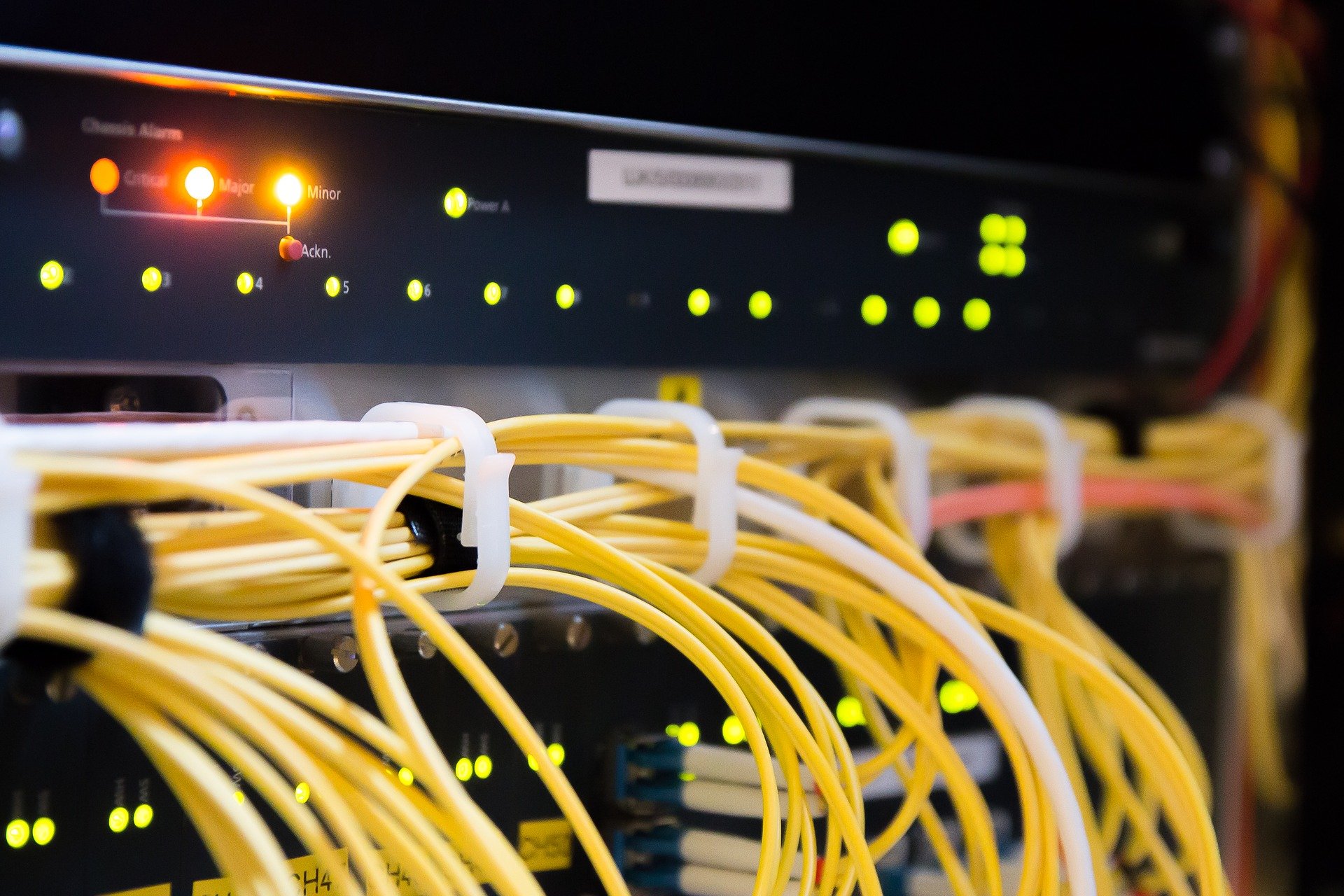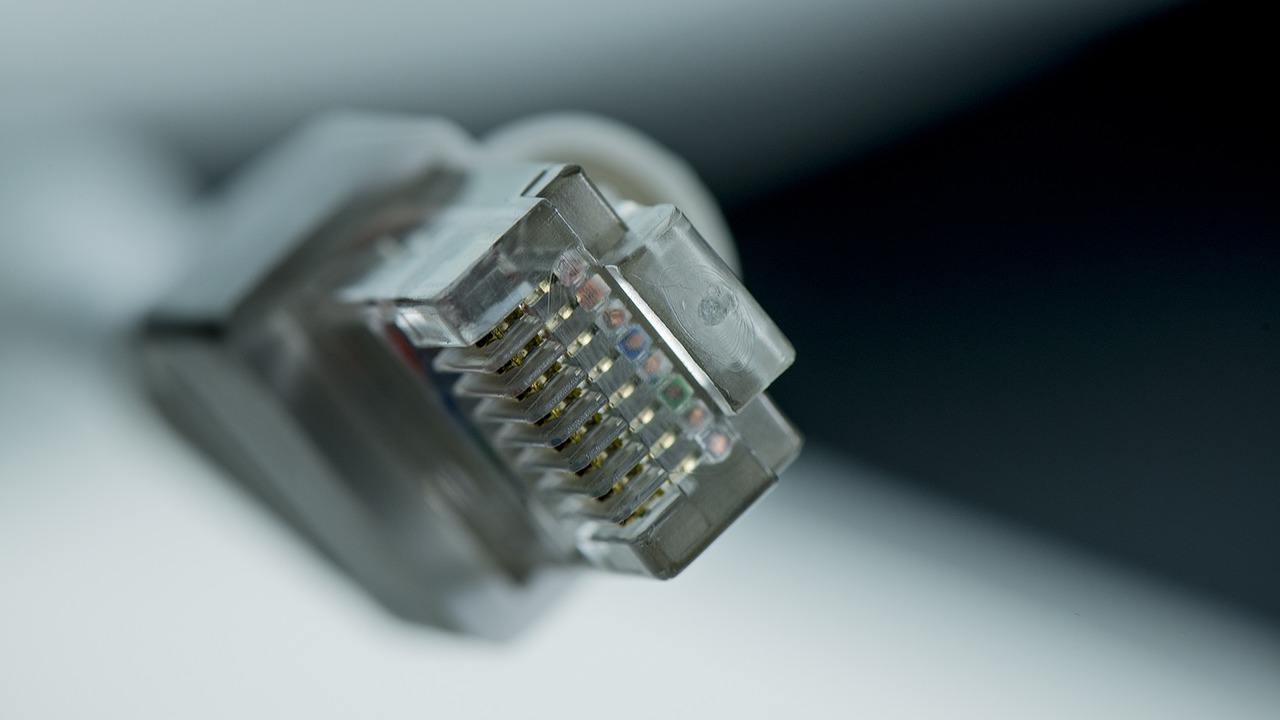If you are an SME looking for IT support and cyber security advice, you can benefit from 24 hour managed services Melbourne-wide. But in order to avoid asking the experts for help, there are many practical ways for you to step up your cyber security, and in this blog, we offer you some tips:
1. Use strong passwords
As with many elements of sound cyber security, best practices aren’t there to make life easier. Using strong passwords can be seen as an inconvenience, but you should know that you will be making life harder for hackers. Why leave an opportunity for those with illicit intentions? Train your employees to use strong passwords and change them at least once every three months.
2. Create a cyber security policy document
In order for you and your team to maintain the security of your IT infrastructure, you need a tailored cyber security policy. This document does not need to be hundreds of pages long, but it does need to set out what you should and shouldn’t be doing. You can put these together as a senior management team.
3. Training, training, training
It cannot be emphasised enough just how much the training you provide to your team – however small – can be critical to your cyber security strategy. Don’t let IT security be an afterthought.
4. Back up data regularly
If you are currently using cloud storage, you can use it, as well as your secure local hard drives, to back up all your files regularly, and keep this data locked. It doesn’t take long to back up your network periodically, so ensure that it is somebody’s responsibility to do this.
5. Tighten up your mobile device policy
Could mobile devices be the weak link in your cyber security chain? Don’t let them be; ensure that you know exactly which devices your employees are undertaking work-related activities on, and when they start to use new devices, update this information accordingly.
Those are just a few tips on how you can tighten up your cyber security as an SME. Have you considered the benefits of professional PC troubleshooting help and desktop support when you need it? If so, give Rapid IT a call today.










